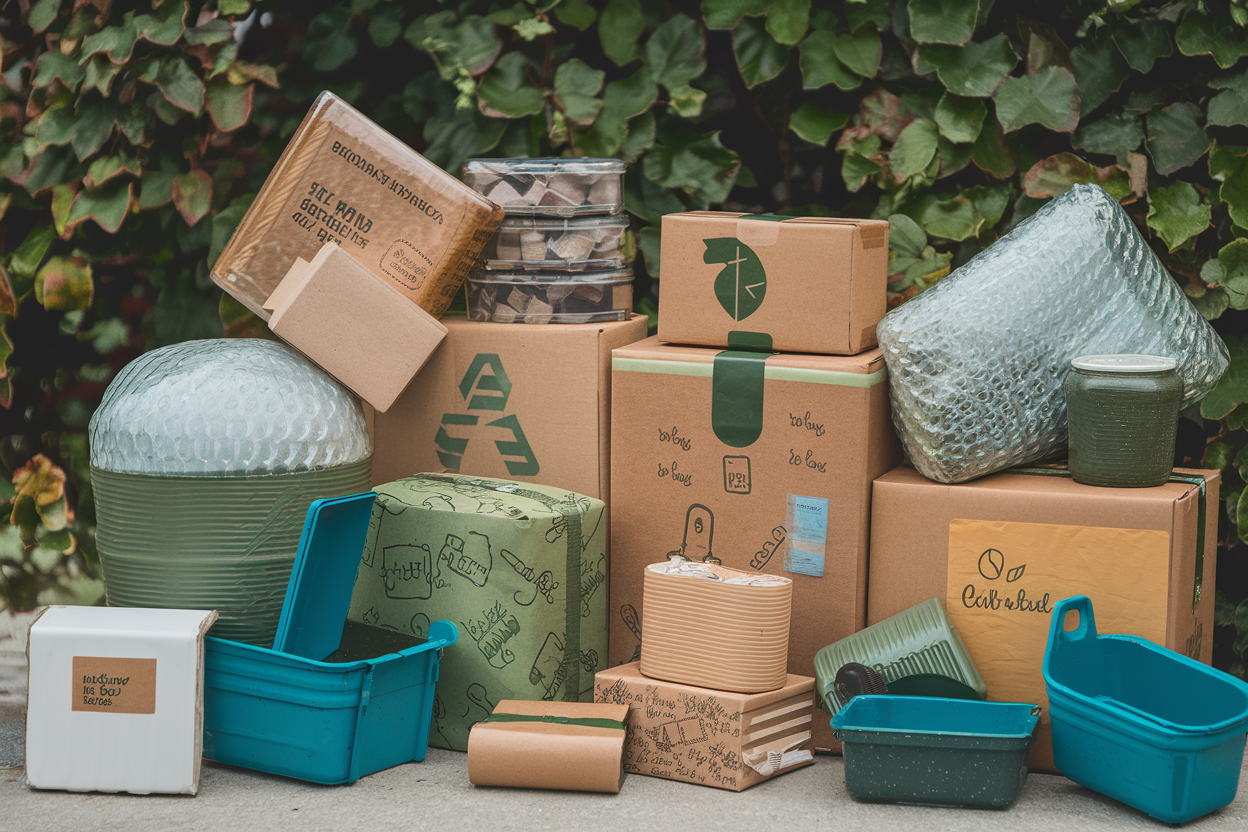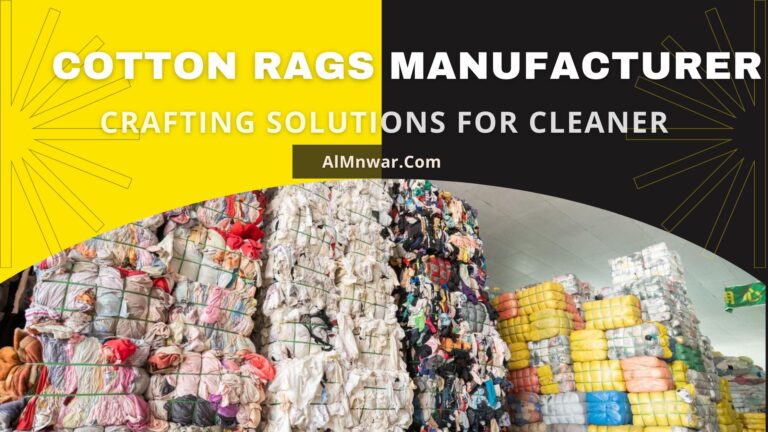Eco-Friendly Packing Materials: Sustainable Options for Your Business
In an era where environmental consciousness is paramount, businesses are under pressure to adopt sustainable practices. One of the most impactful changes a business can make is in its packing materials. Eco-friendly packing materials not only reduce environmental impact but also align with consumer expectations for sustainability. This article will delve into various eco-friendly packing options available for businesses, their benefits, and strategies for making a successful transition.
The Importance of Sustainable Packaging
Environmental Impact
The packaging industry contributes significantly to environmental issues such as pollution and waste. Traditional packaging materials, primarily plastics, take hundreds of years to decompose and contribute to landfill overflow. Eco-friendly options, including biodegradable and recyclable materials, help mitigate this impact by reducing waste and minimizing carbon footprints.
| Environmental Impact | Plastic | Paper | Biodegradable | Recyclable |
|---|---|---|---|---|
| Decomposition Time | 500 years | 2-5 months | 3-6 months | Varies |
| Contribution to Landfills | High | Moderate | Low | Moderate |
| Carbon Footprint | High | Low | Moderate | Low |
Consumer Demand for Sustainability
Today’s consumers are increasingly aware of their choices’ environmental implications. A study revealed that over 70% of consumers prefer brands that prioritize sustainability. By adopting eco-friendly packing materials, businesses can not only meet this demand but also enhance their reputation, ultimately attracting a loyal customer base.
Types of Eco-Friendly Packing Materials
Biodegradable Materials
Biodegradable packing materials are designed to break down into natural elements within a reasonable timeframe after disposal. This includes materials like plant-based plastics and paper products that decompose in landfills. Using biodegradable packing reduces the time waste stays in landfills and lowers pollution.
| Types of Biodegradable Materials | Description | Common Uses |
|---|---|---|
| Plant-Based Plastics | Made from renewable resources | Packaging films, containers |
| Pulp Packaging | Made from recycled paper or wood pulp | Shipping containers, trays |
| Cornstarch Packing Peanuts | Derived from cornstarch, compostable | Cushioning for fragile items |
Recyclable Materials
Recyclable packing materials can be processed and reused, thus reducing the need for new resources. Common recyclable materials include cardboard boxes and certain types of plastics. Businesses can encourage recycling by clearly labeling recyclable materials and providing information on local recycling facilities.
| Common Recyclable Materials | Recycling Process | Recyclability Rate |
|---|---|---|
| Cardboard | Shredded, pulped, and formed into new paper | 80% |
| PET Plastic (e.g., water bottles) | Reprocessed into new plastic items | 30% |
| Glass | Melted and remolded into new glass | 90% |
Compostable Materials
Compostable materials break down into nutrient-rich compost when processed correctly. These include items like cornstarch-based packing peanuts and molded pulp packaging. Composting not only reduces waste but also contributes to soil health, making it an excellent choice for eco-conscious businesses.
Reusable Packaging
Reusable packaging options, such as glass jars or sturdy containers, can be used multiple times, significantly reducing waste. Implementing a return system where customers return the packaging can further promote sustainability while enhancing customer engagement.
Benefits of Using Eco-Friendly Packing Materials
Cost-Effectiveness
While the initial cost of eco-friendly packing materials can be higher, they often lead to savings over time. Many sustainable options can be produced more efficiently and are lighter, reducing shipping costs. Additionally, businesses may qualify for tax incentives when they adopt sustainable practices.
Enhanced Brand Image
Using eco-friendly packing materials can significantly enhance a company’s brand image. Customers are more likely to support businesses that demonstrate a commitment to sustainability. This positive perception can differentiate a brand from its competitors.
Customer Loyalty and Trust
Sustainable practices build trust with consumers. When customers see that a business cares about the environment, they are more likely to remain loyal and advocate for the brand. This loyalty translates into repeat sales and positive word-of-mouth marketing.
How to Transition to Eco-Friendly Packing Materials
Assessing Your Current Packaging
Before making changes, it’s essential to assess your current packaging materials. Identify which items are not sustainable and can be replaced with eco-friendly alternatives. This analysis will help you create a clear plan for transitioning to sustainable options.
Researching Sustainable Options
Research various eco-friendly packing materials that fit your business needs. Look for suppliers that offer sustainable alternatives and consider their environmental certifications.
Implementing Changes Gradually
Transitioning to eco-friendly materials doesn’t have to happen overnight. Start by replacing the most problematic packaging first and gradually integrate more sustainable options over time. This step-by-step approach helps in managing costs and assessing the effectiveness of new materials.
Case Studies of Businesses Using Sustainable Packing
Success Stories
Many businesses have successfully transitioned to eco-friendly packing materials. For example, a leading e-commerce platform reported a 25% reduction in shipping waste after switching to biodegradable packing peanuts. This not only improved their environmental impact but also resonated positively with their customers.
| Business | Sustainable Material Used | Impact Achieved |
|---|---|---|
| E-commerce Platform | Biodegradable packing peanuts | 25% reduction in shipping waste |
| Organic Food Brand | Compostable boxes | Increased customer satisfaction |
| Beauty Product Company | Reusable glass containers | Enhanced brand loyalty |
Lessons Learned
While transitioning, some businesses faced challenges, including supplier issues and the need for employee training on new practices. Learning from these experiences can help other companies streamline their transitions.
Challenges in Adopting Eco-Friendly Packing Materials
Cost Barriers
One of the significant challenges businesses face when switching to eco-friendly materials is the initial cost. Sustainable materials can be more expensive than traditional options. However, the long-term savings and benefits often outweigh the initial investment.
Supply Chain Issues
Finding reliable suppliers for eco-friendly materials can be difficult. Businesses must ensure that their suppliers can consistently provide high-quality sustainable options. Building strong relationships with suppliers is essential to overcome this challenge.
Conclusion
Eco-friendly packing materials are not just a trend but a necessity for businesses aiming for sustainability. By understanding the various types of materials available and their benefits, companies can make informed decisions that positively impact the environment and their bottom line. Transitioning to sustainable options may come with challenges, but the long-term advantages far surpass the initial hurdles.







